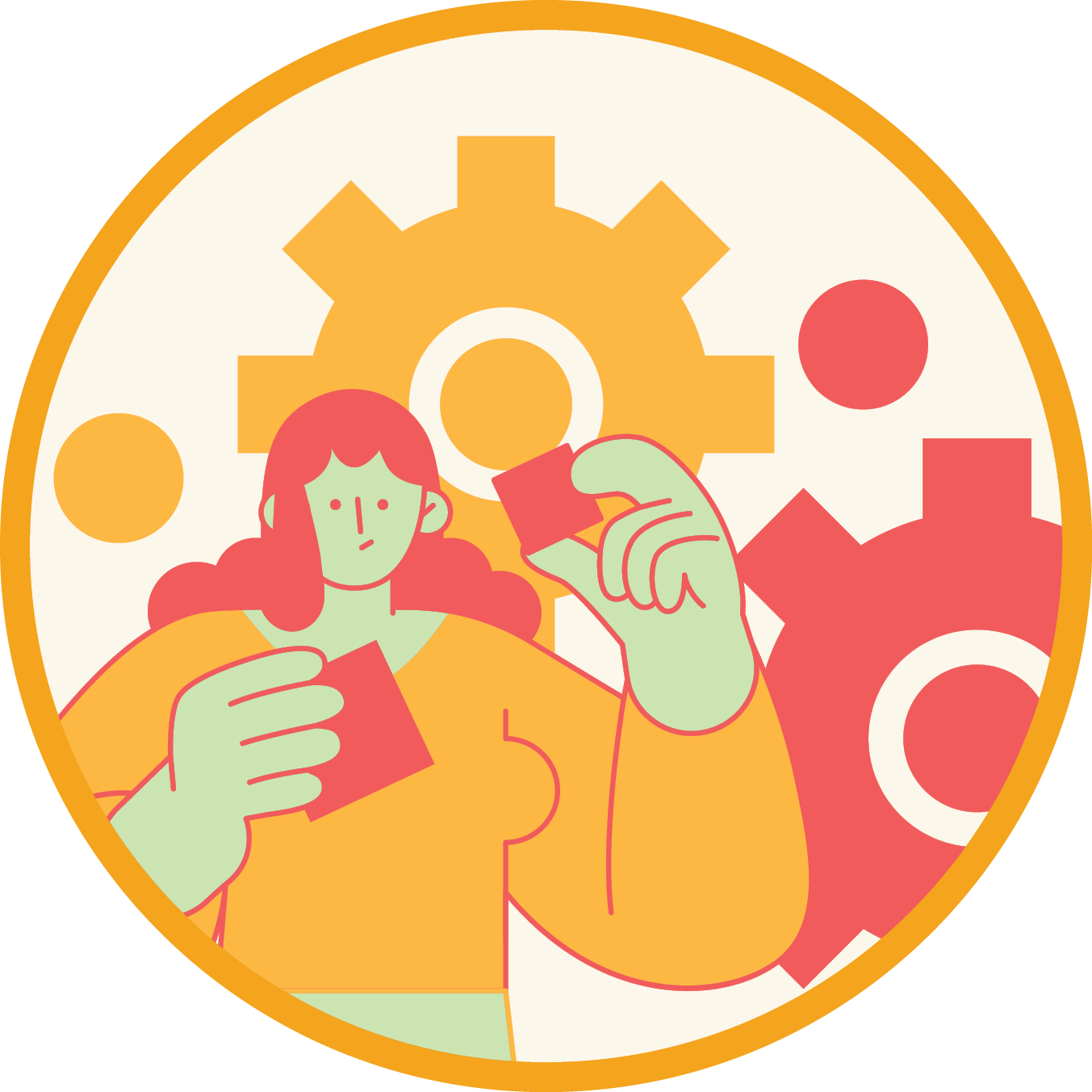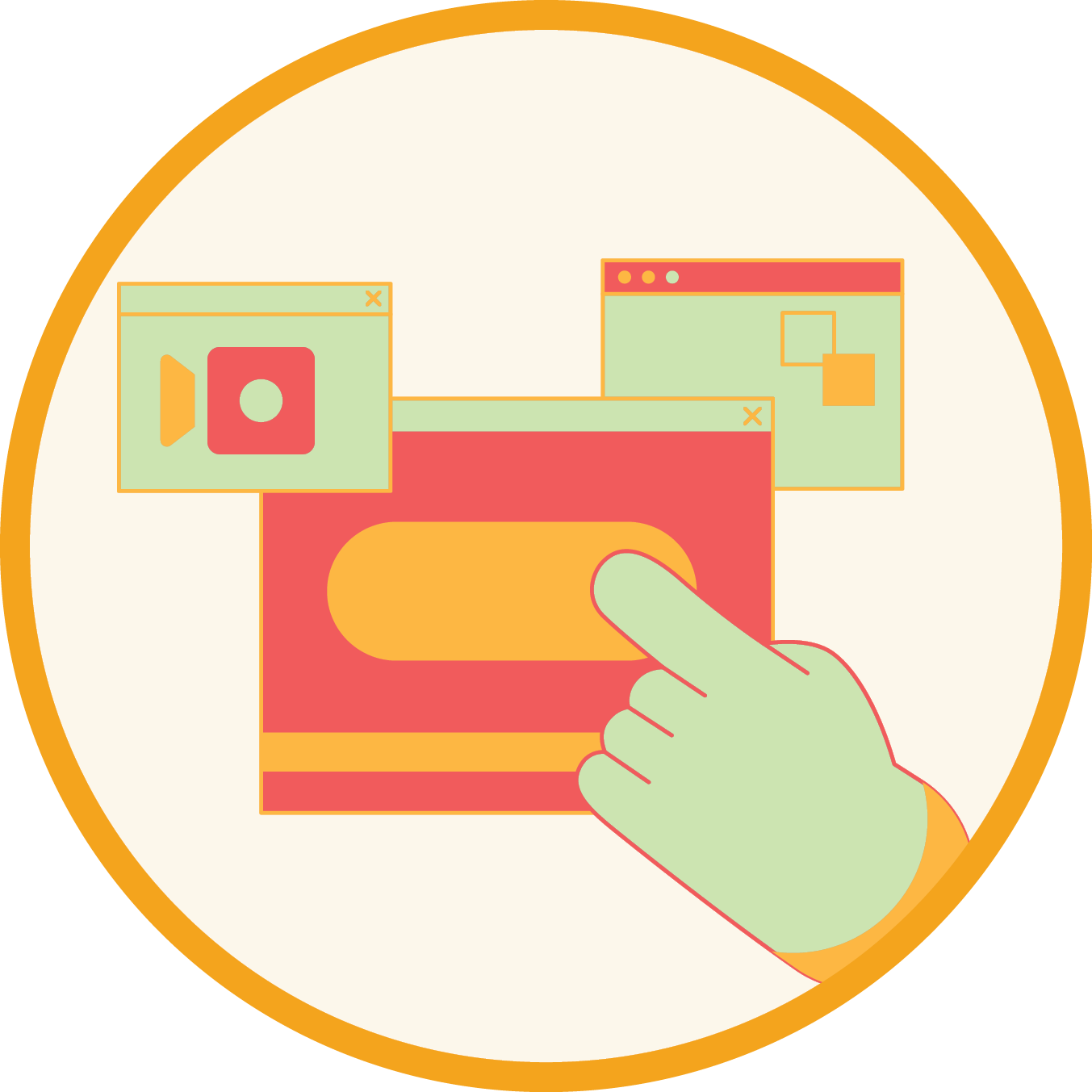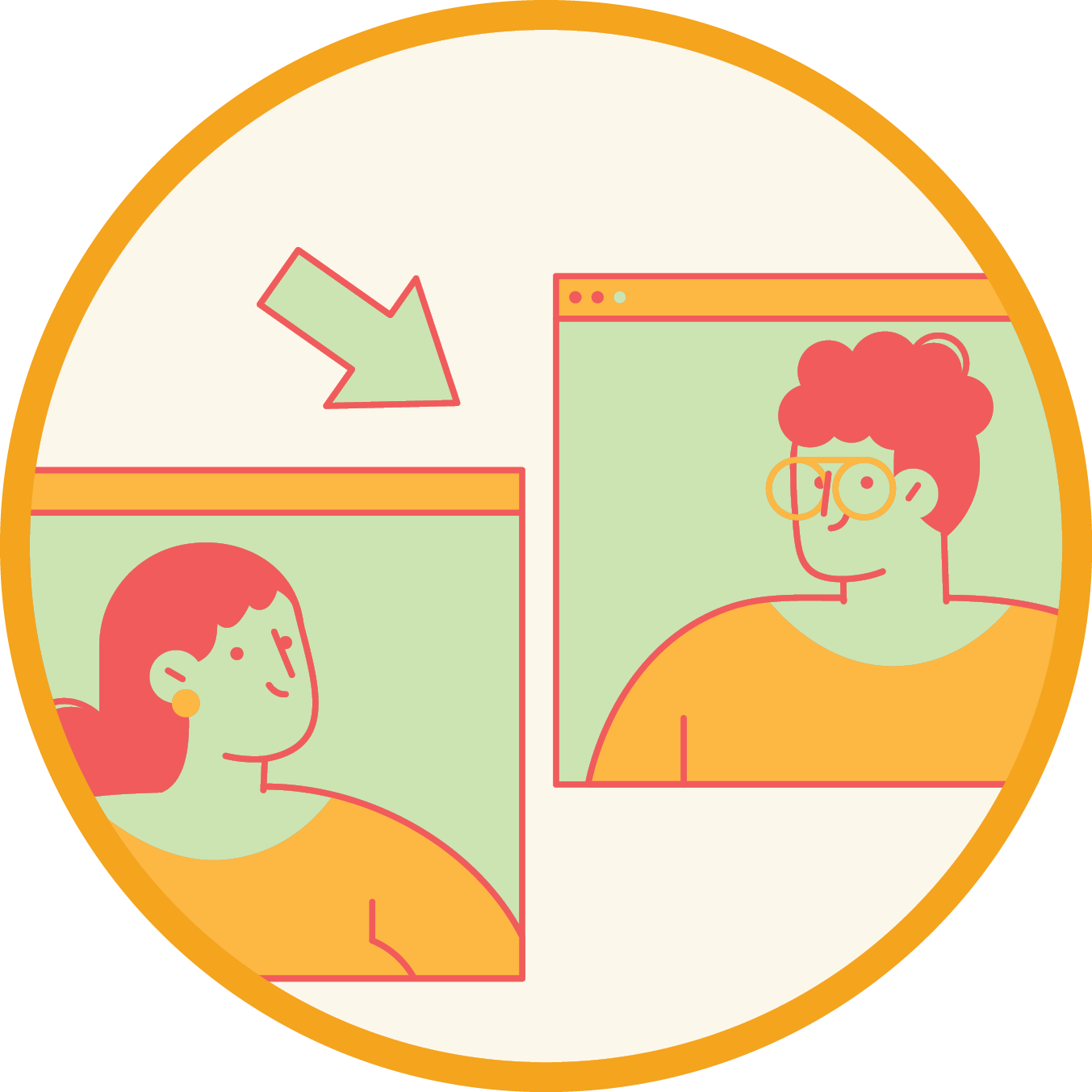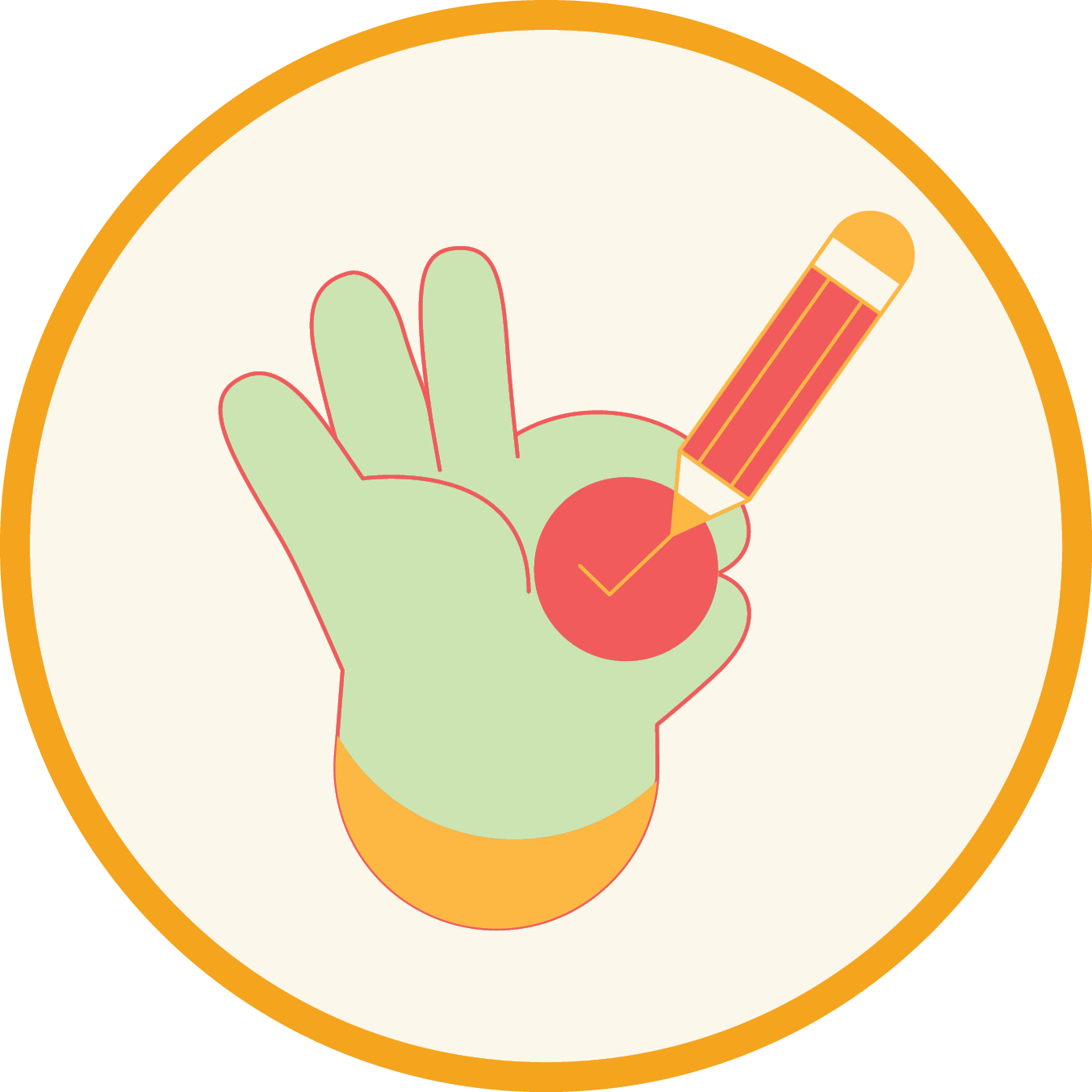

课程项目
学生将在 KTBlocks 系统上构建、测试和发布自己的游戏项目

编码平台
KTCoder 一体化编码平台支持我们的互动在线课程、专业化课程体系,以及学生对学习的热情。

学生答疑辅导时间
答疑辅导时间由我们高素质的助教团队主导。这是帮你的代码获取即时反馈的免费便捷途径。

进度报告
KTBYTE 将通过电子邮件的方式向家长发送学生的课堂表现和成绩报告

结业证书
学生完成每门课程后均可申请结业证书。
課程描述:
在 [CORE 3b] 课程中,学生将学习准备进入高中水平的打字输入式 Java 编程, 每周都有自动评分的课堂作业和家庭作业,学生可以选择参加答疑辅导以获得学习和作业帮助。 这个级别的学生通常在学习我们的进阶课程 1-2 年后达到大学水平。
入班要求
9岁以上,熟练掌握算术和计算机的基本操作,或经过导师同意
Class Description:
在 [CORE 3b] 课程中,学生将学习准备进入高中水平的打字输入式 Java 编程, 每周都有自动评分的课堂作业和家庭作业,学生可以选择参加答疑辅导以获得学习和作业帮助。 这个级别的学生通常在学习我们的进阶课程 1-2 年后达到大学水平。
Prerequisites:
9岁以上,熟练掌握算术和计算机的基本操作,或经过导师同意
Related Classes
Syllabus:
Conditionals Review
The backbone of any program is the conditional statement, or "if" statement. It is what allows us to create branching paths in our code, and requires a sound understanding of boolean values. Today, we will practice using conditionals to make a clicker game.
Sprites
Today, we will learn how to use the Sprite library in Processing. We will explore the functions and variables that come with this library and use them to build a game.
Probability
In this class we explore probability and randomness to simulate dice rolls and other random events. We'll see how probability changes when we add random events together and use this as the foundation for a board game simulator.
Arrays Review, Snowman Game
Today, we will be reviewing arrays and loops. We will then use those concepts to make a word guessing game.
Loops and Perlin Noise
This class continues our exploration of randomness and by comparing randomly generated numbers to Perlin noise. Then we'll use this concept and nested for loops to create an interactive map generator.
Using Multiple Arrays
Now that we're more confident with Arrays, we can start using them to model physics and explore the idea of vectors. In this lesson, we will create a simulation of objects that move around independently, bounce off each other, and attract other objects with gravity.
Song Generator
We continue learning about arrays in this class and introduce the SoundCipher library. This library allows us to work with arrays and random indexes to create our very own song generator.
Translations
In this class, students explore the concept of translations in geometry by creating a moving "camera" that follows their player Sprite from scene to scene.
Rotation
Today, we continue building our transformations knowledge by introducting the rotate function. In combination with the translation code we learned last class this will help us build an art generator!
Challenge Quiz
Today, we will be participating in a challenge quiz createdby our KTBYTE instructors! Students will be tasked with solving computation problems at various skill levels.
Maze
Today we'll use what we've learned about Sprites, arrays, and loops to make our own maze game!
Breakout/ Brickbreaker
We will be creating a game modeled after Atari Breakout. In order to do this we'll learn how to make Sprites bounce off each other and the edges of the canvas. We'll also need to remove our bricks from the canvas as we break them.
Projectiles
Today we'll use what we've learned about Sprites to create a turret game. This will involved keeping track of our projectile Sprites in an array and randomly creating enemy Sprites that attack our player.
Projects
Students choose web game which we analyze and break down into their component parts.
Projects Continued
Work on your projects during class.
Projects Continued
Worked on projects during class
课程大纲
Conditionals Review
The backbone of any program is the conditional statement, or "if" statement. It is what allows us to create branching paths in our code, and requires a sound understanding of boolean values. Today, we will practice using conditionals to make a clicker game.
Sprites
Today, we will learn how to use the Sprite library in Processing. We will explore the functions and variables that come with this library and use them to build a game.
Probability
In this class we explore probability and randomness to simulate dice rolls and other random events. We'll see how probability changes when we add random events together and use this as the foundation for a board game simulator.
Arrays Review, Snowman Game
Today, we will be reviewing arrays and loops. We will then use those concepts to make a word guessing game.
Loops and Perlin Noise
This class continues our exploration of randomness and by comparing randomly generated numbers to Perlin noise. Then we'll use this concept and nested for loops to create an interactive map generator.
Using Multiple Arrays
Now that we're more confident with Arrays, we can start using them to model physics and explore the idea of vectors. In this lesson, we will create a simulation of objects that move around independently, bounce off each other, and attract other objects with gravity.
Song Generator
We continue learning about arrays in this class and introduce the SoundCipher library. This library allows us to work with arrays and random indexes to create our very own song generator.
Translations
In this class, students explore the concept of translations in geometry by creating a moving "camera" that follows their player Sprite from scene to scene.
Rotation
Today, we continue building our transformations knowledge by introducting the rotate function. In combination with the translation code we learned last class this will help us build an art generator!
Challenge Quiz
Today, we will be participating in a challenge quiz createdby our KTBYTE instructors! Students will be tasked with solving computation problems at various skill levels.
Maze
Today we'll use what we've learned about Sprites, arrays, and loops to make our own maze game!
Breakout/ Brickbreaker
We will be creating a game modeled after Atari Breakout. In order to do this we'll learn how to make Sprites bounce off each other and the edges of the canvas. We'll also need to remove our bricks from the canvas as we break them.
Projectiles
Today we'll use what we've learned about Sprites to create a turret game. This will involved keeping track of our projectile Sprites in an array and randomly creating enemy Sprites that attack our player.
Projects
Students choose web game which we analyze and break down into their component parts.
Projects Continued
Work on your projects during class.
Projects Continued
Worked on projects during class